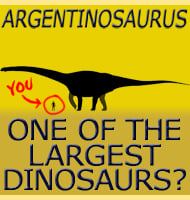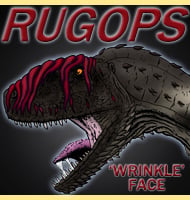Gobipteryx
In Depth Gobipteryx is a genus of enantiornithine that lived in Mongolia during the late Cretaceous. Studies of Gobipteryx show that Gobipteryx would have been capable of flight soon after hatching out from the egg. This would have given Gobipteryx a significant survival advantage in a world heavily populated by small theropod dinosaurs. Studies of … Read more

